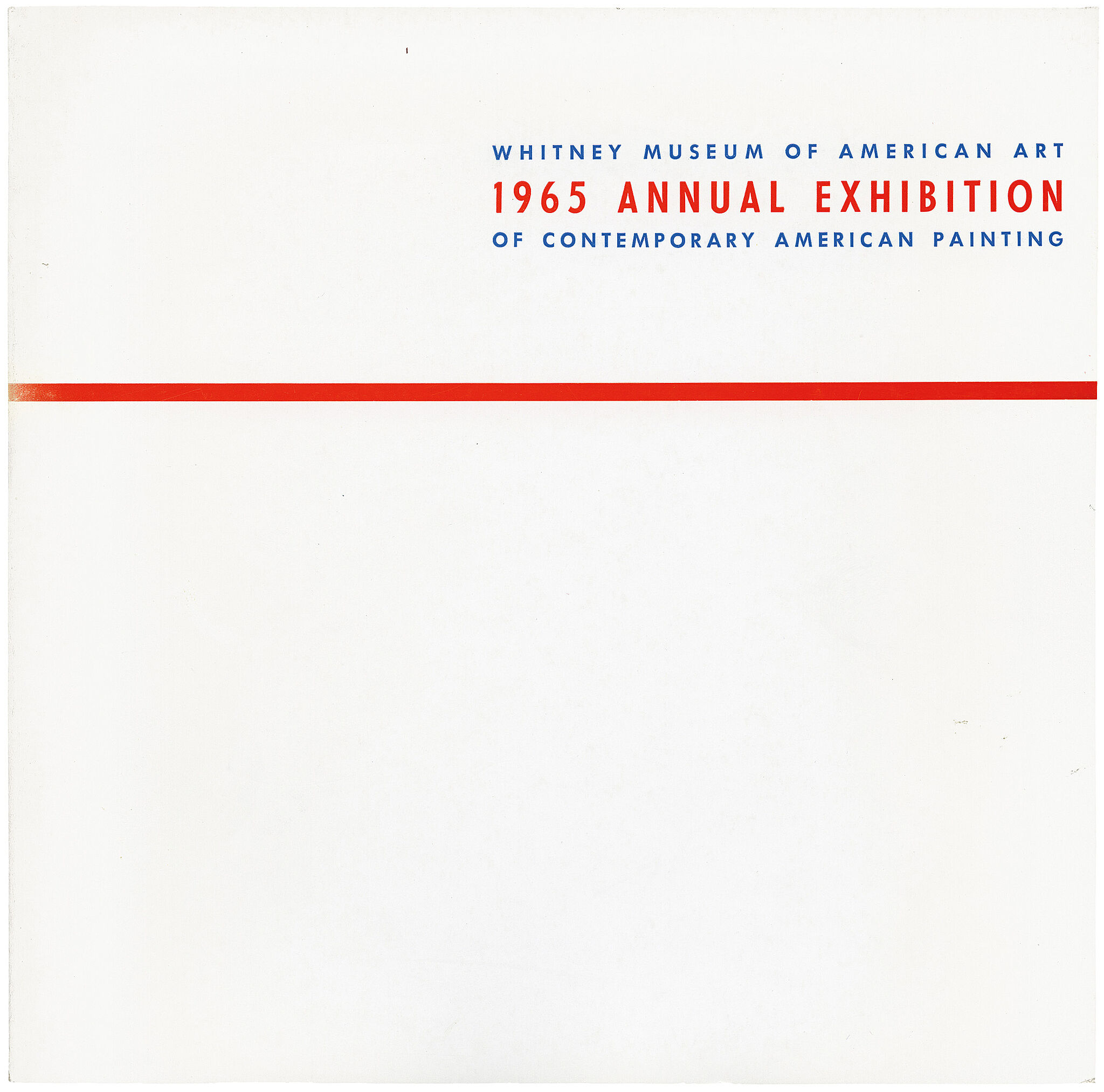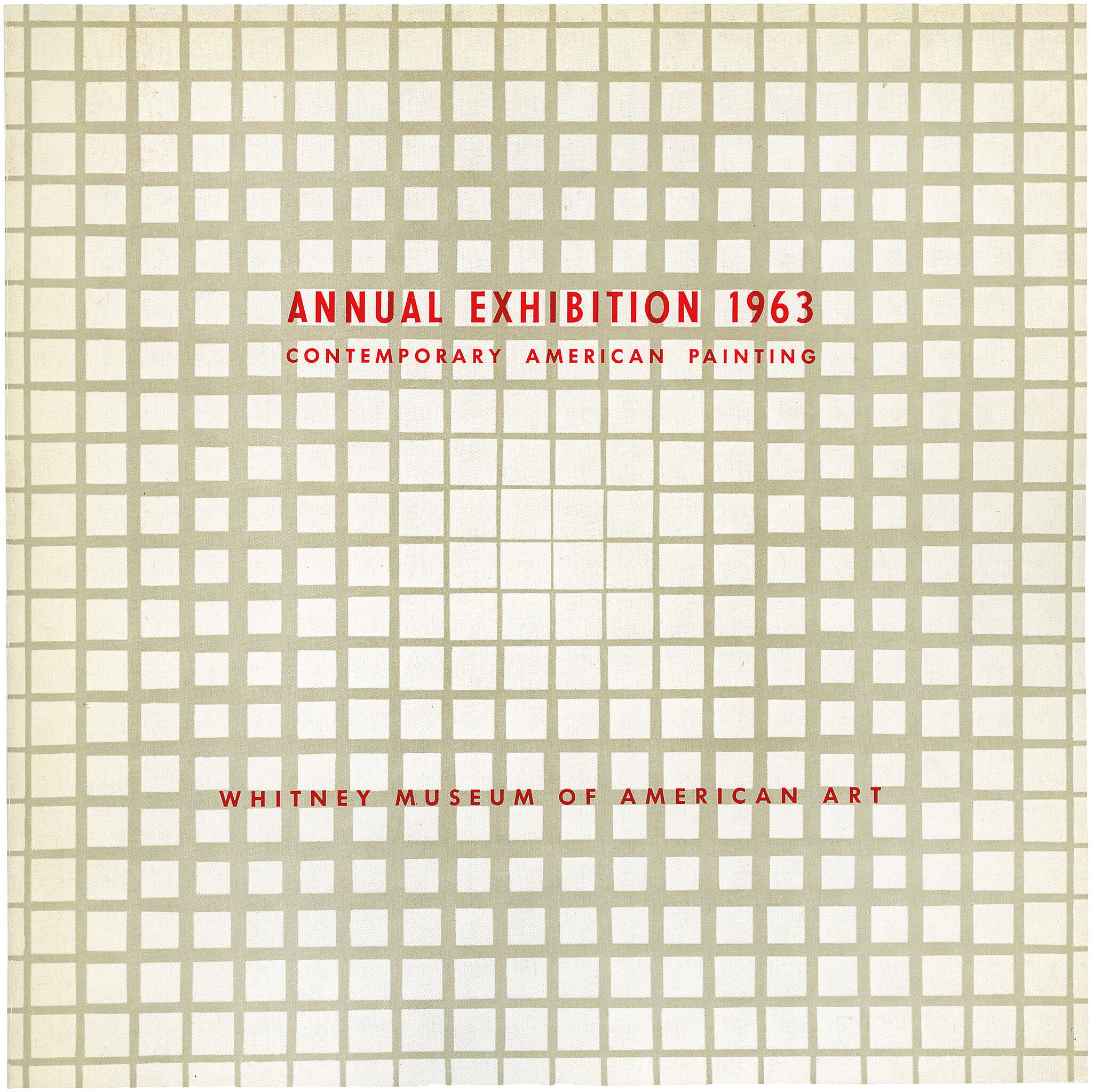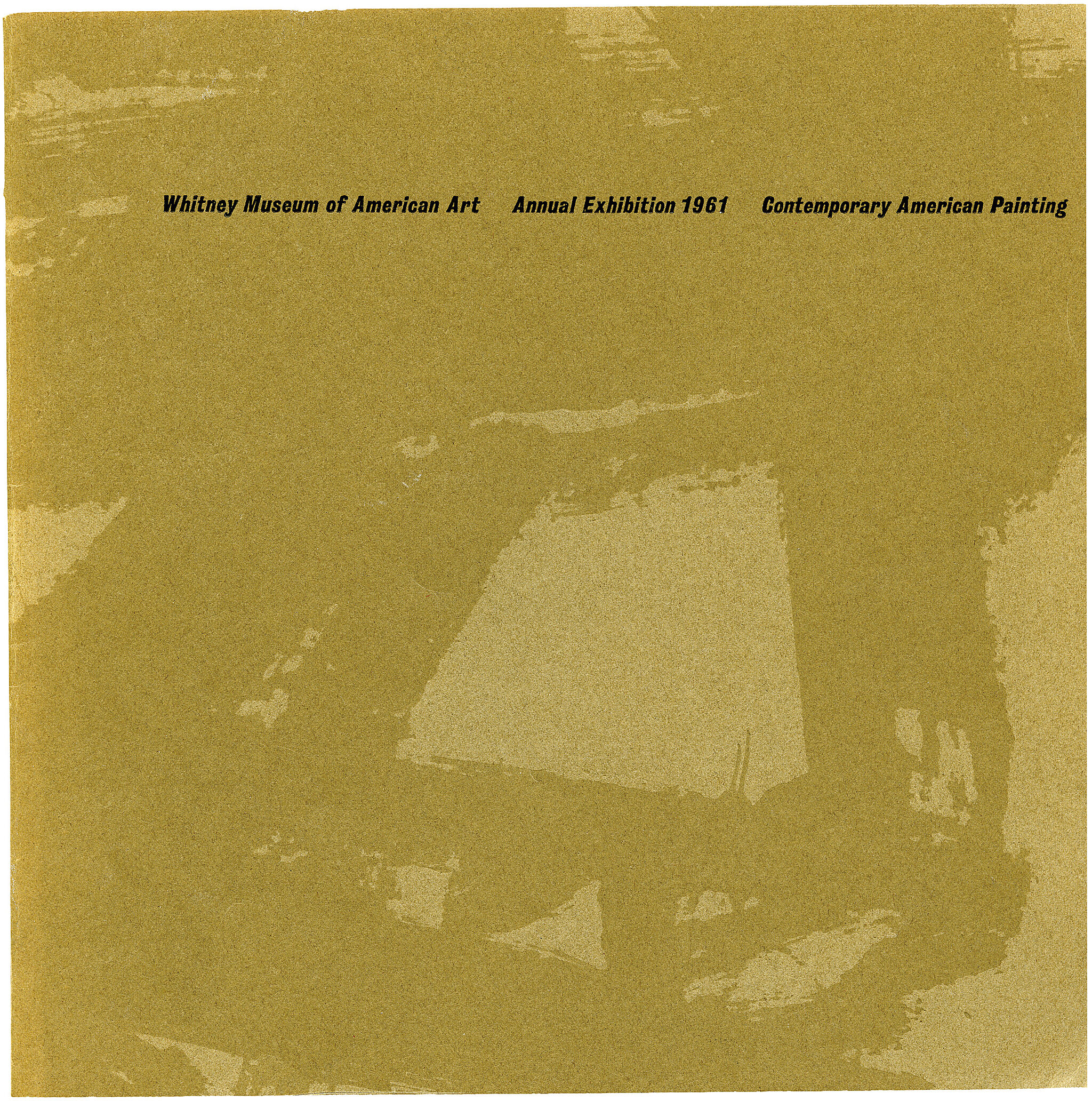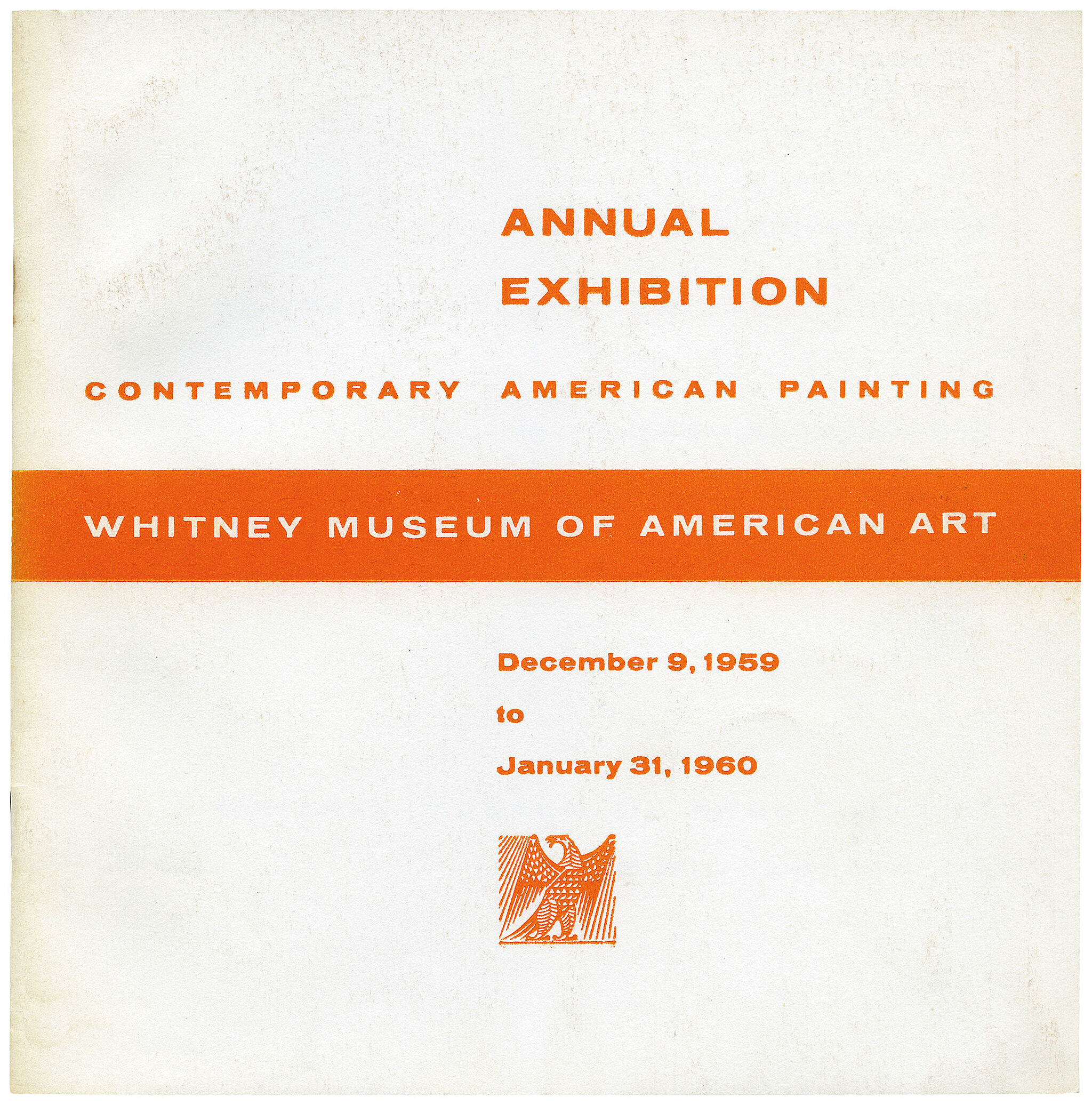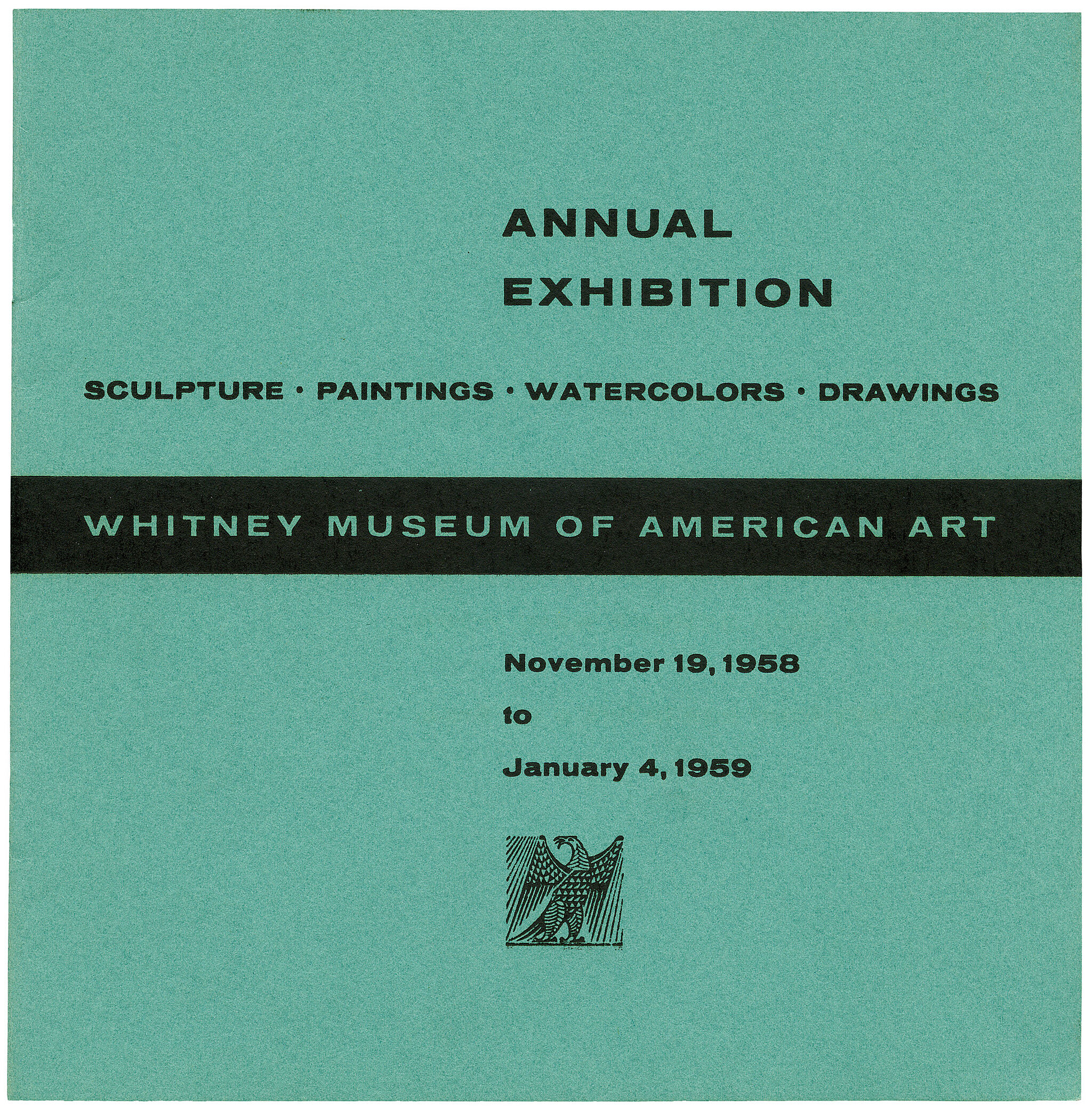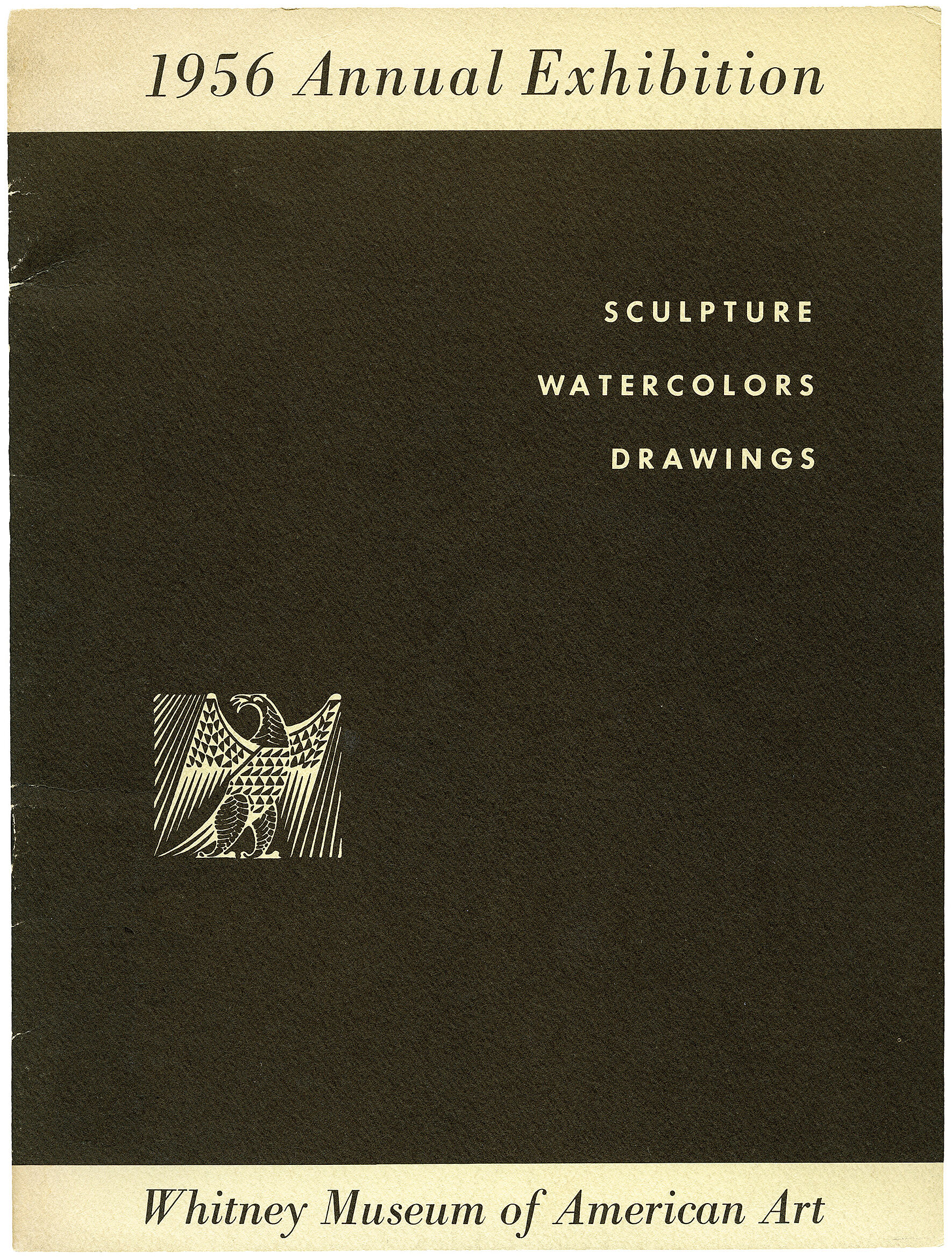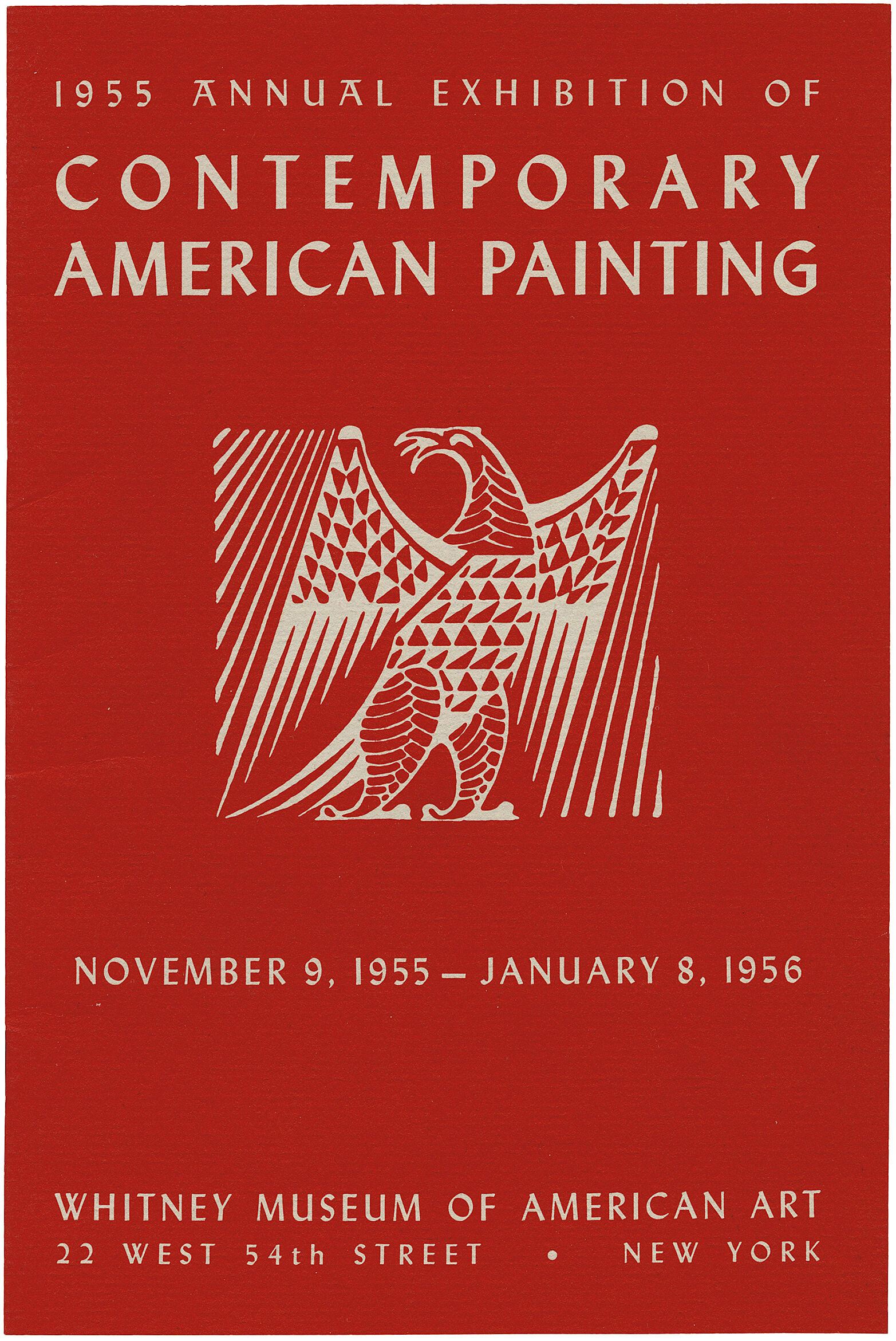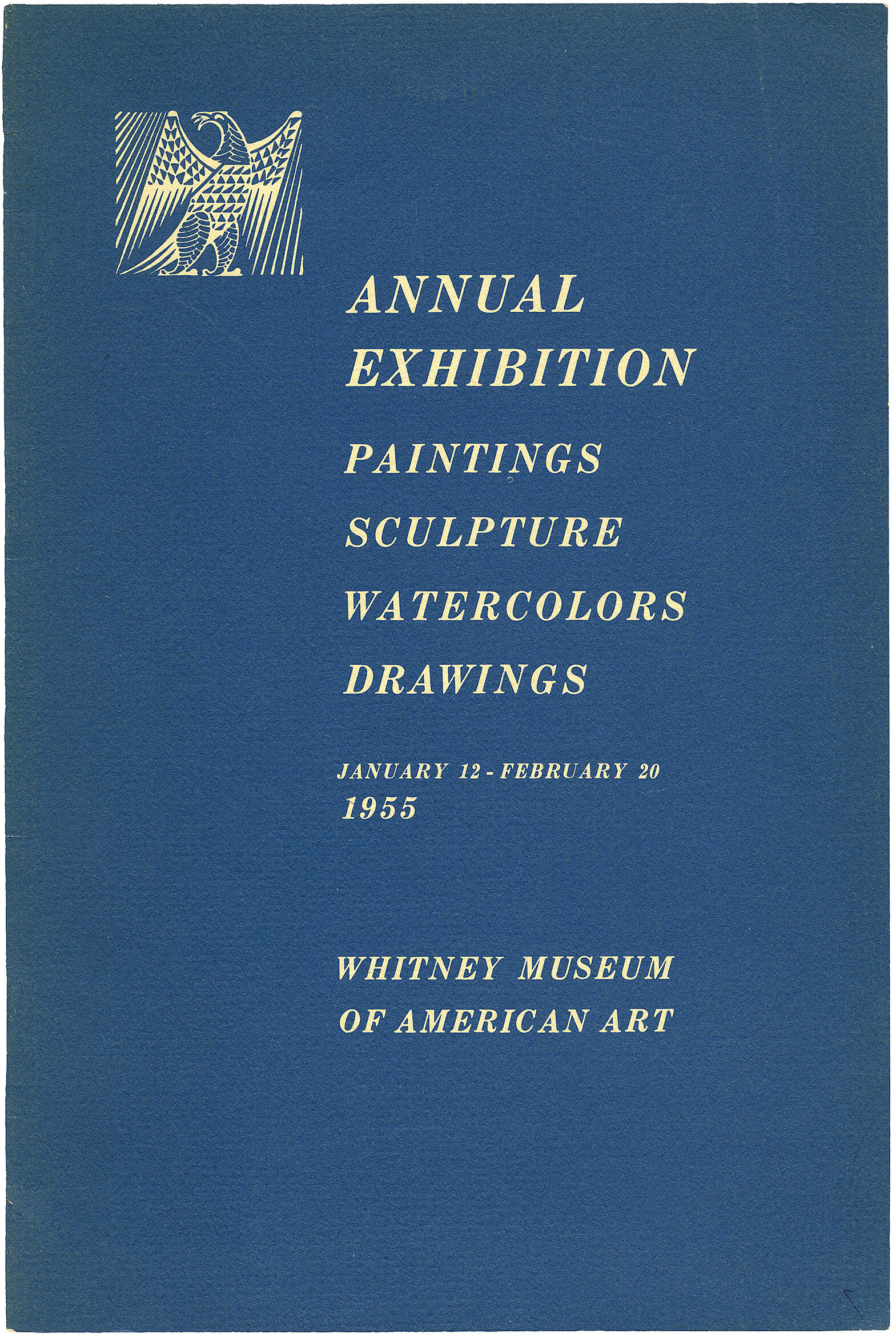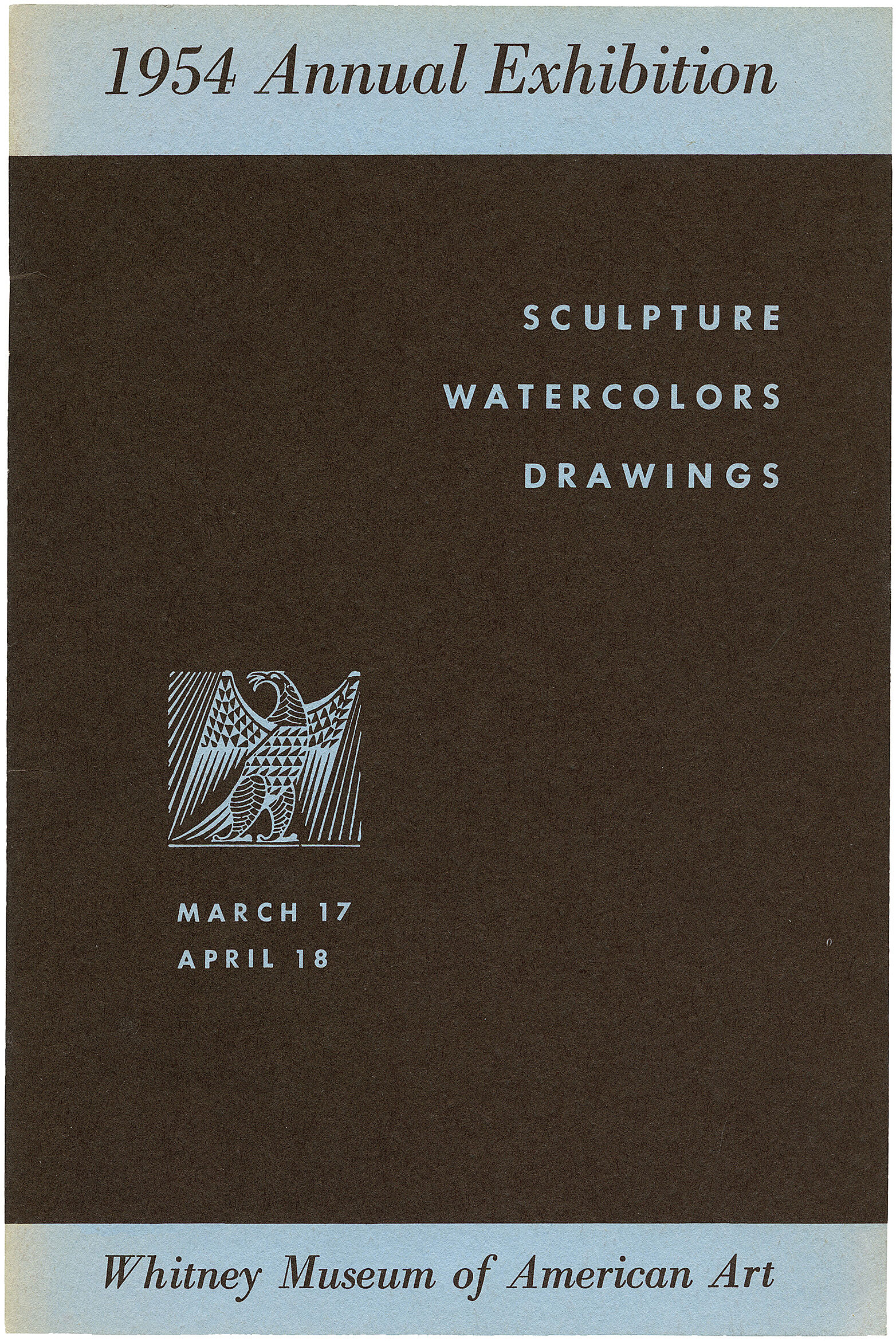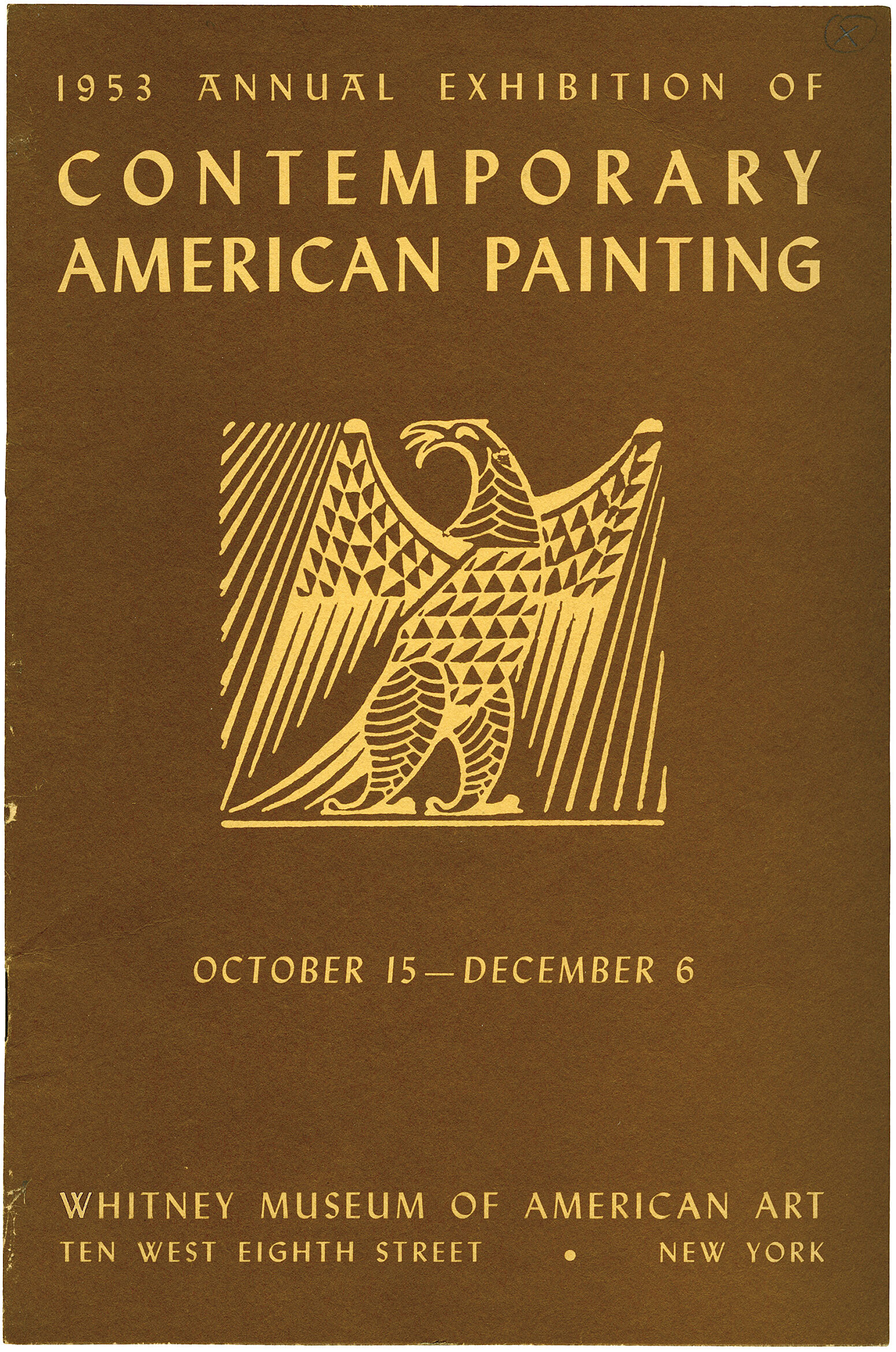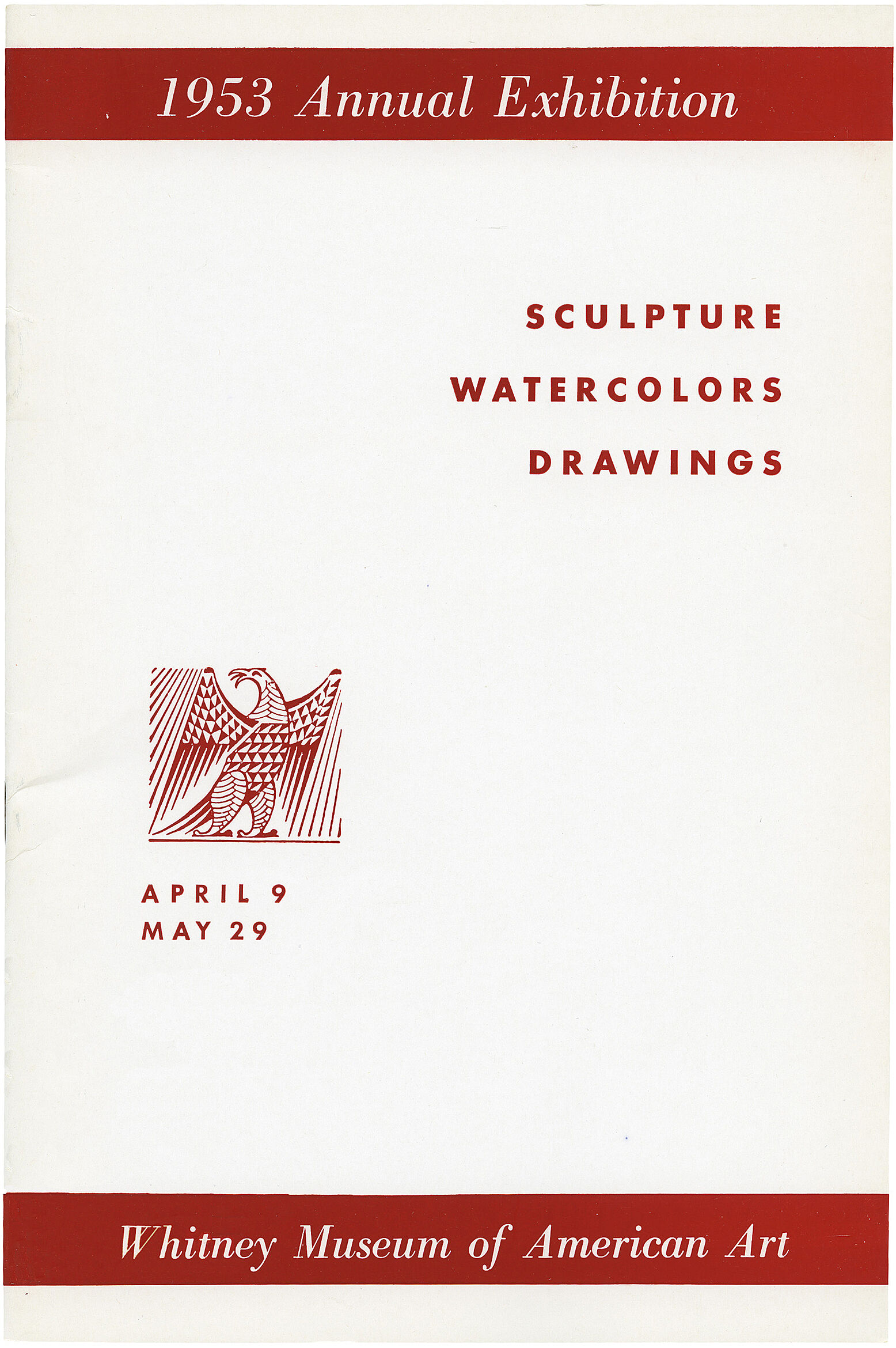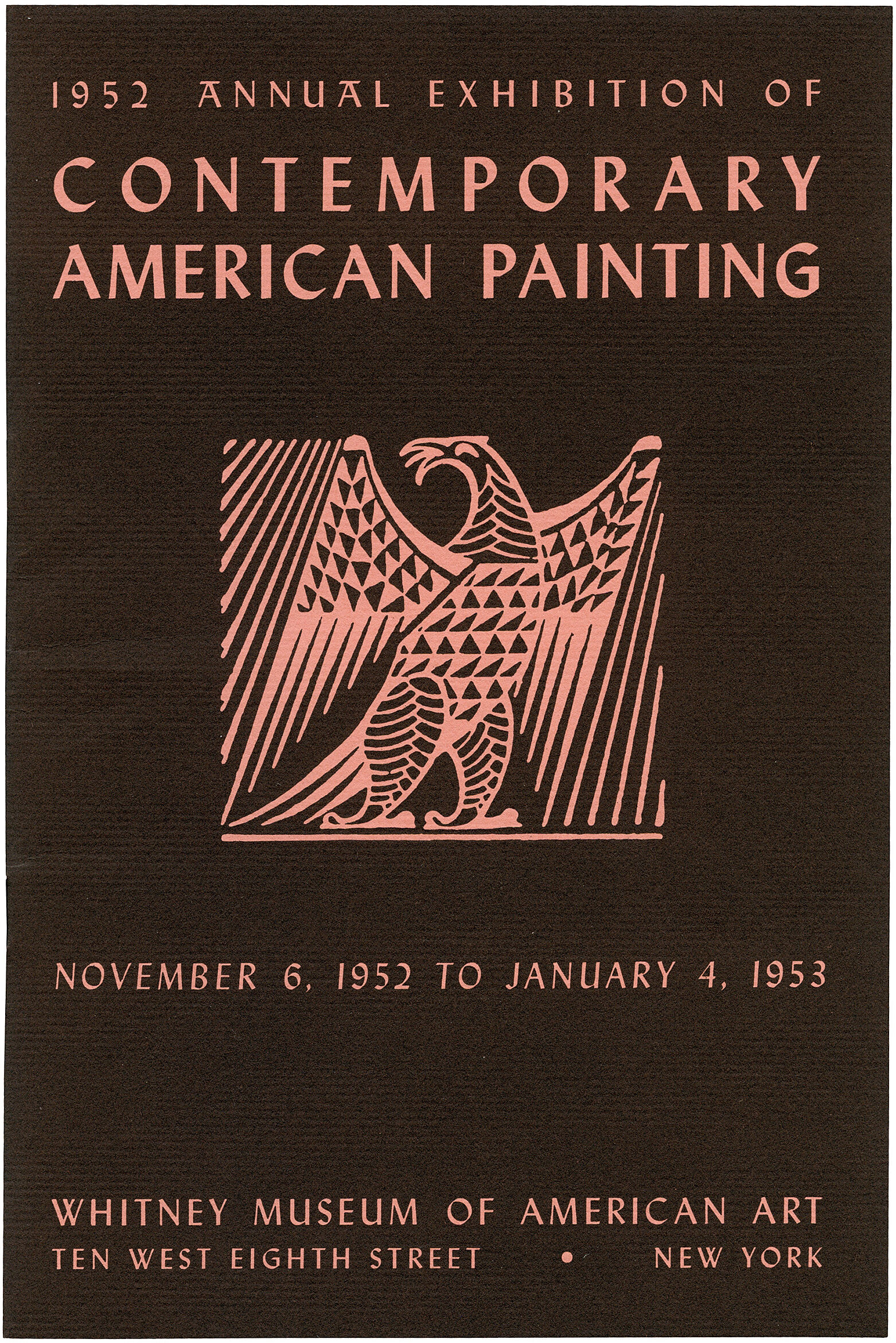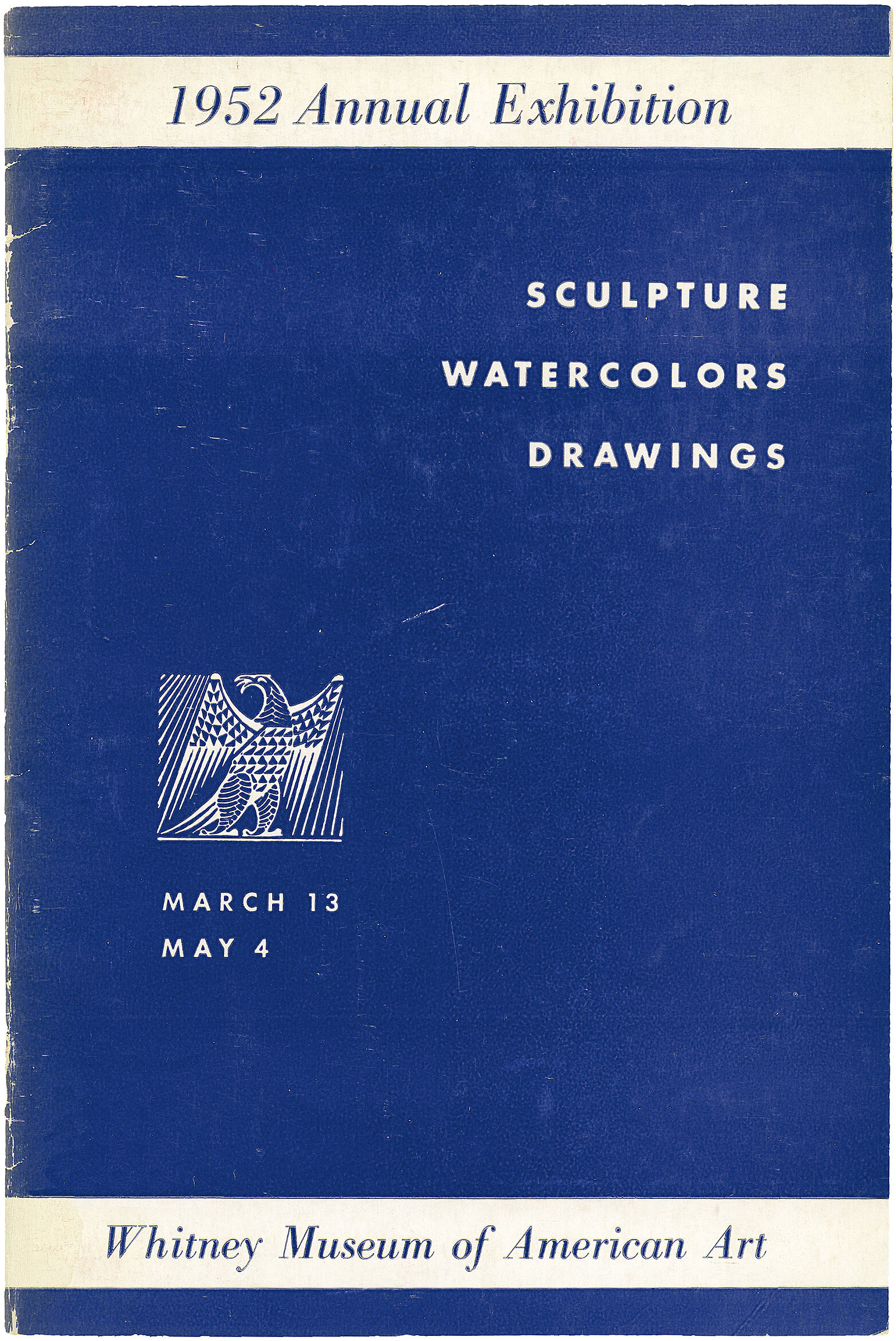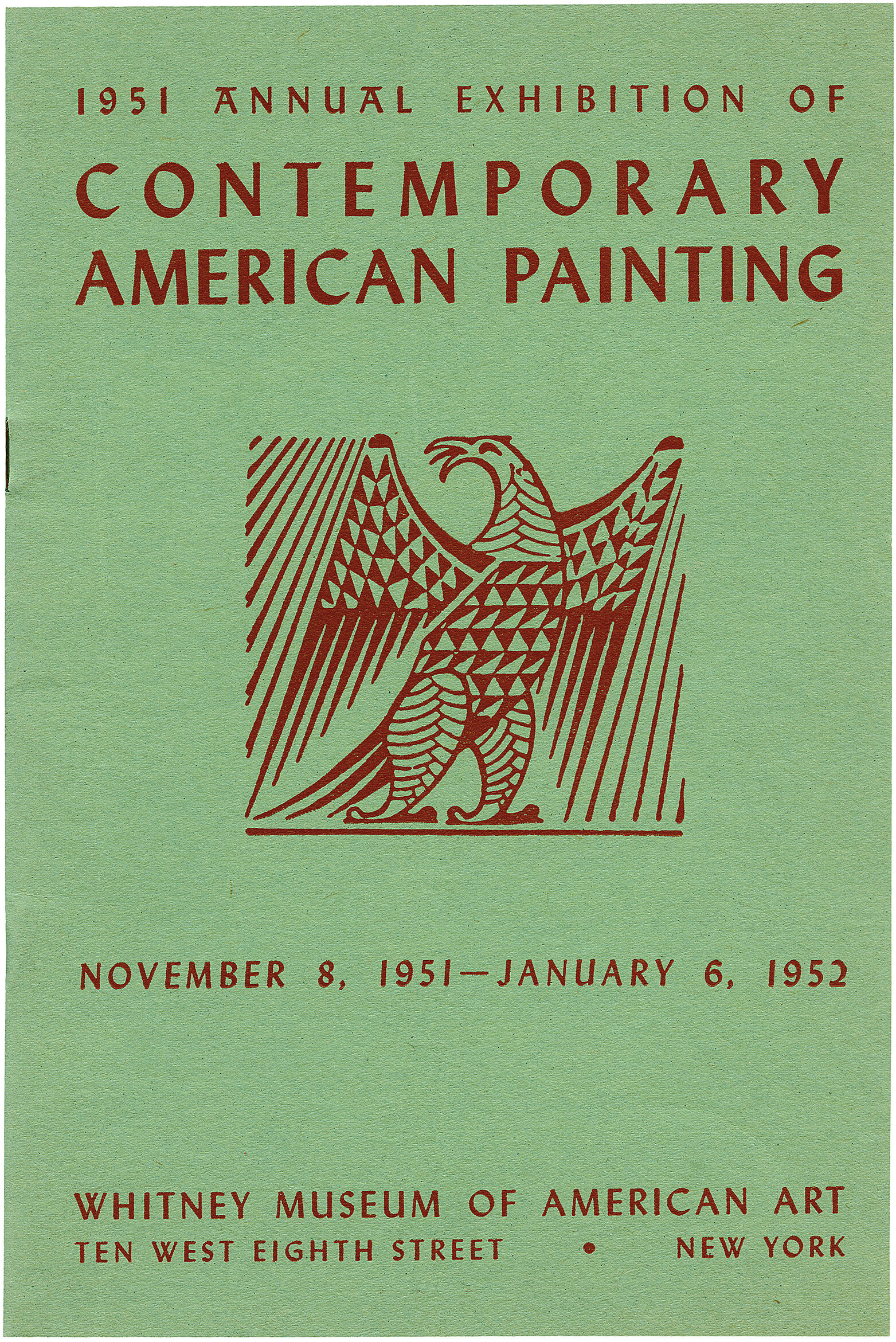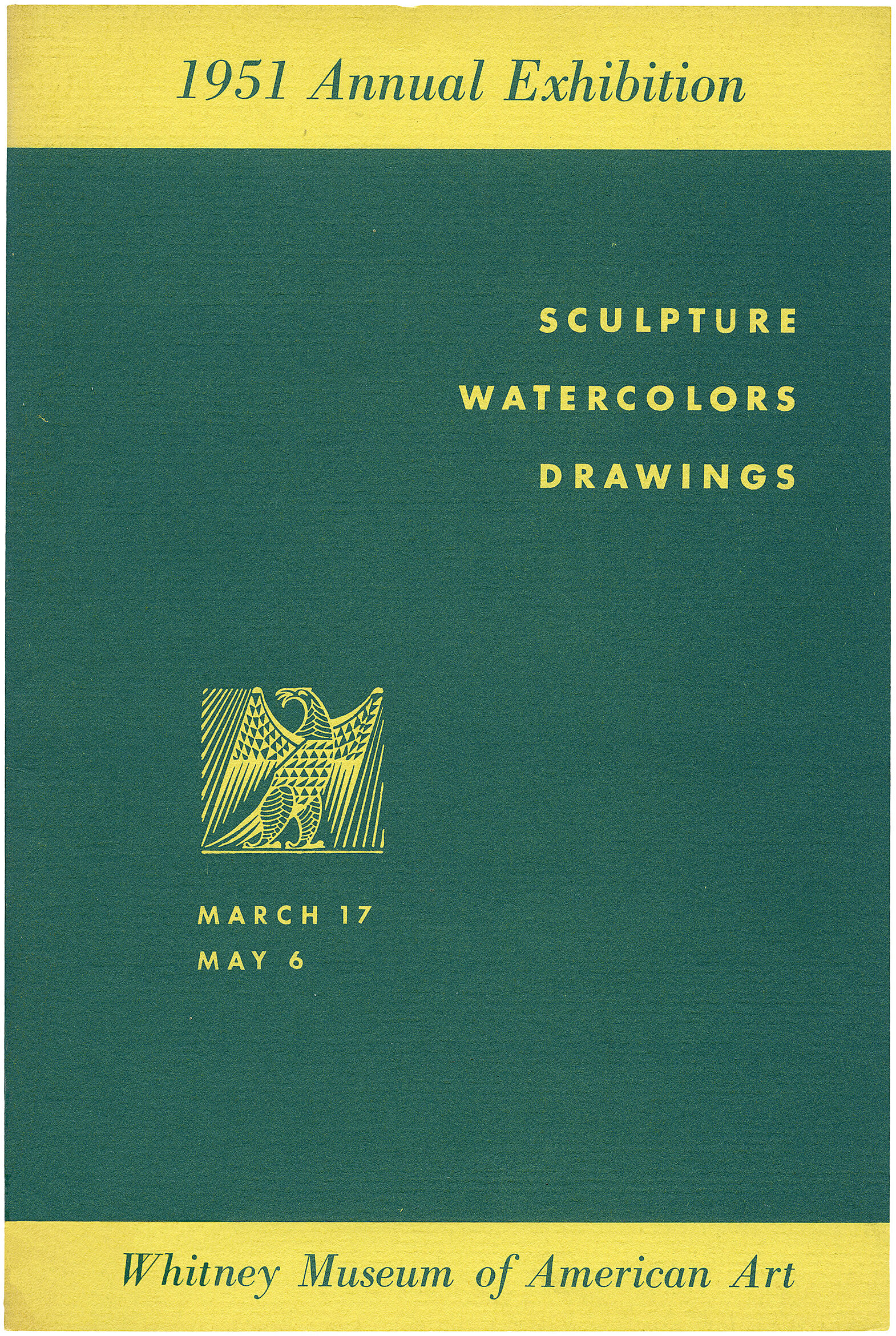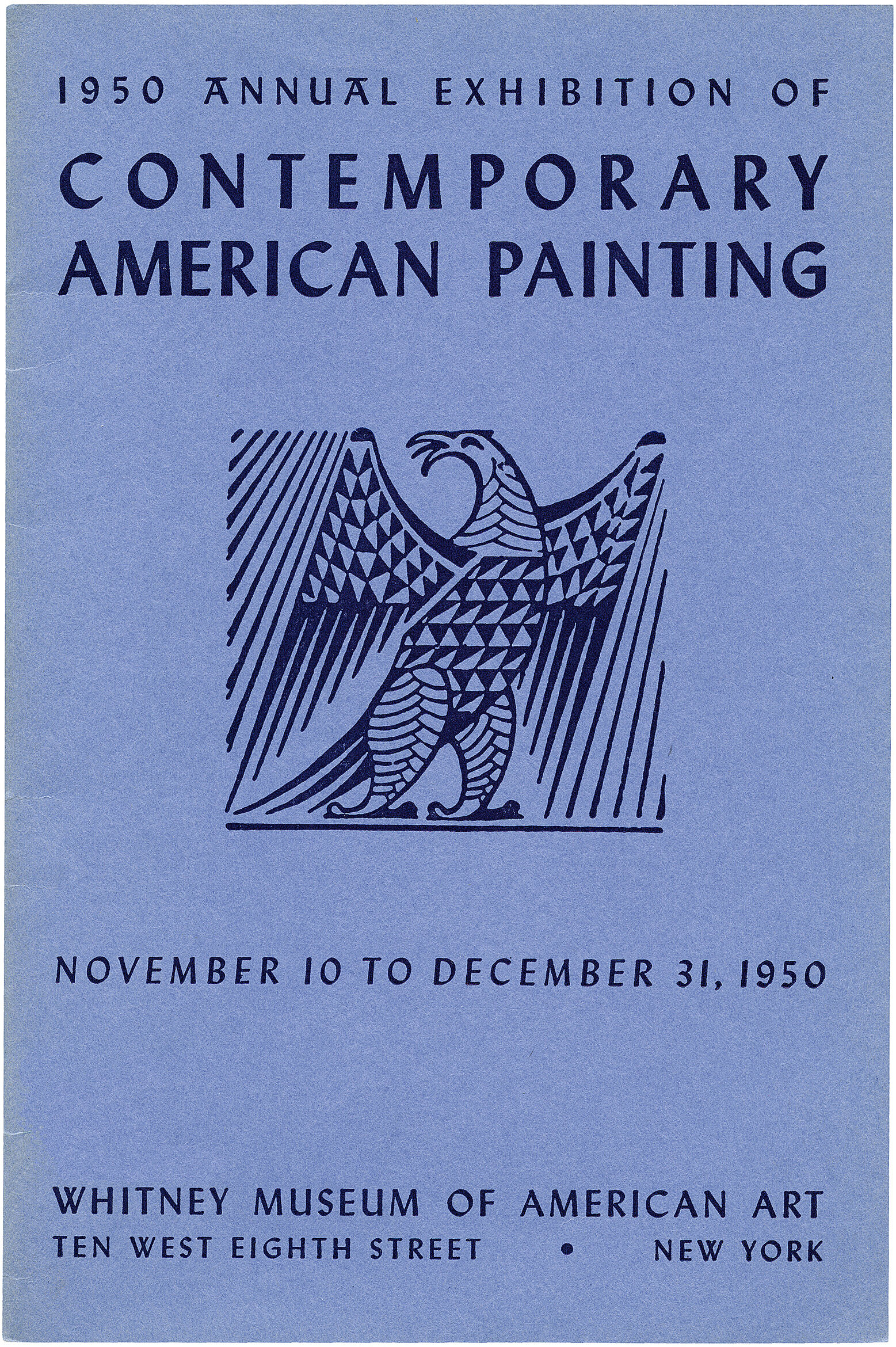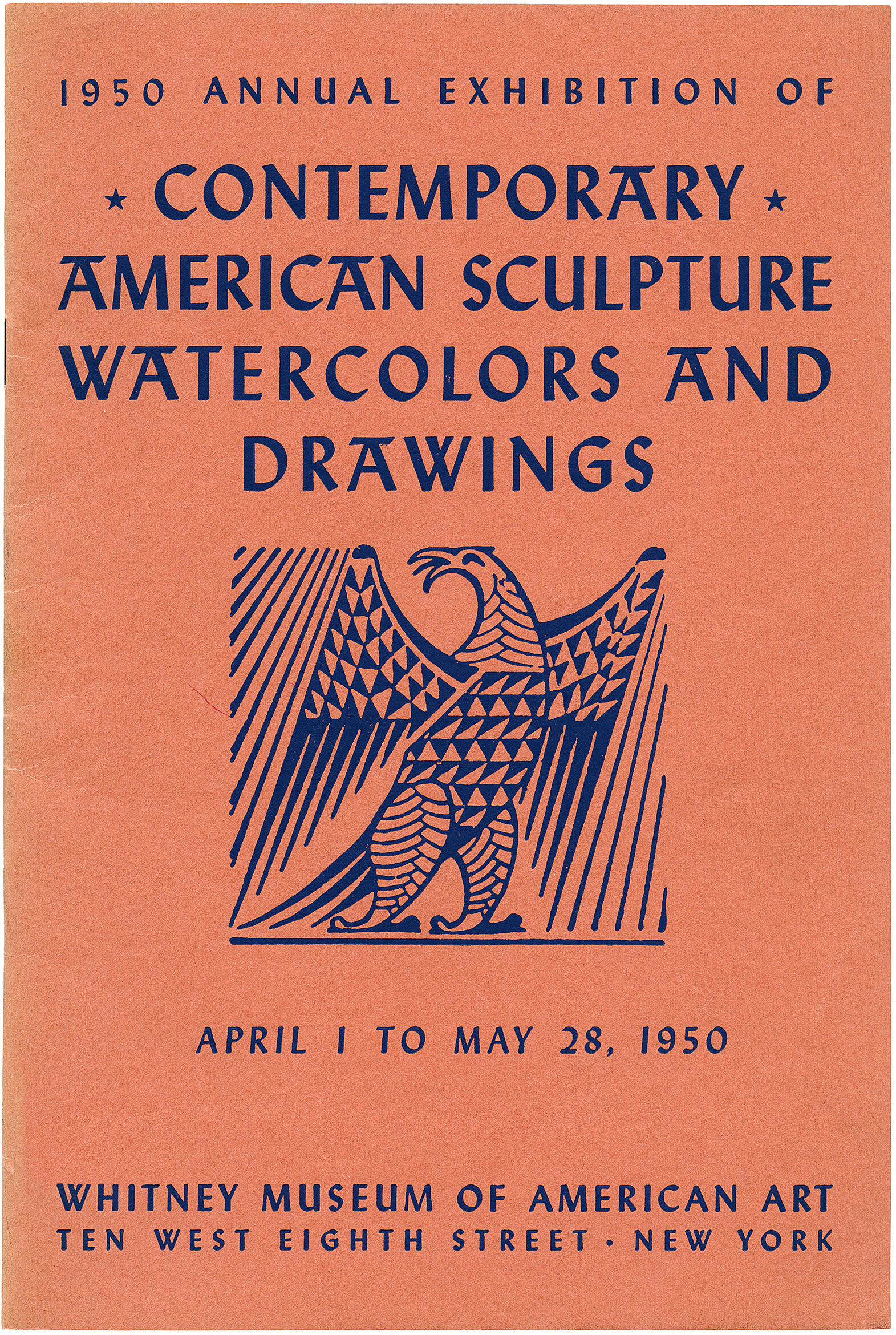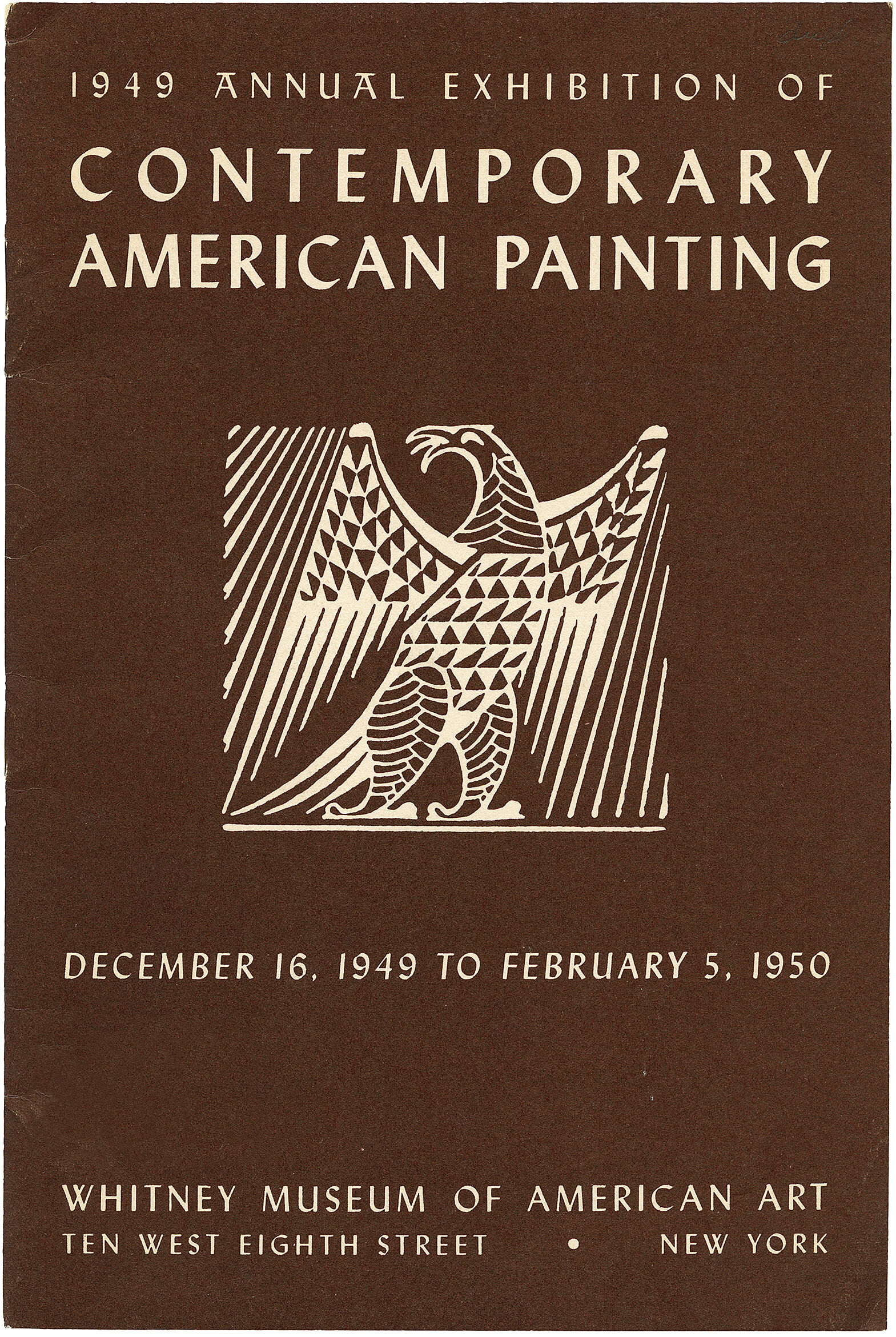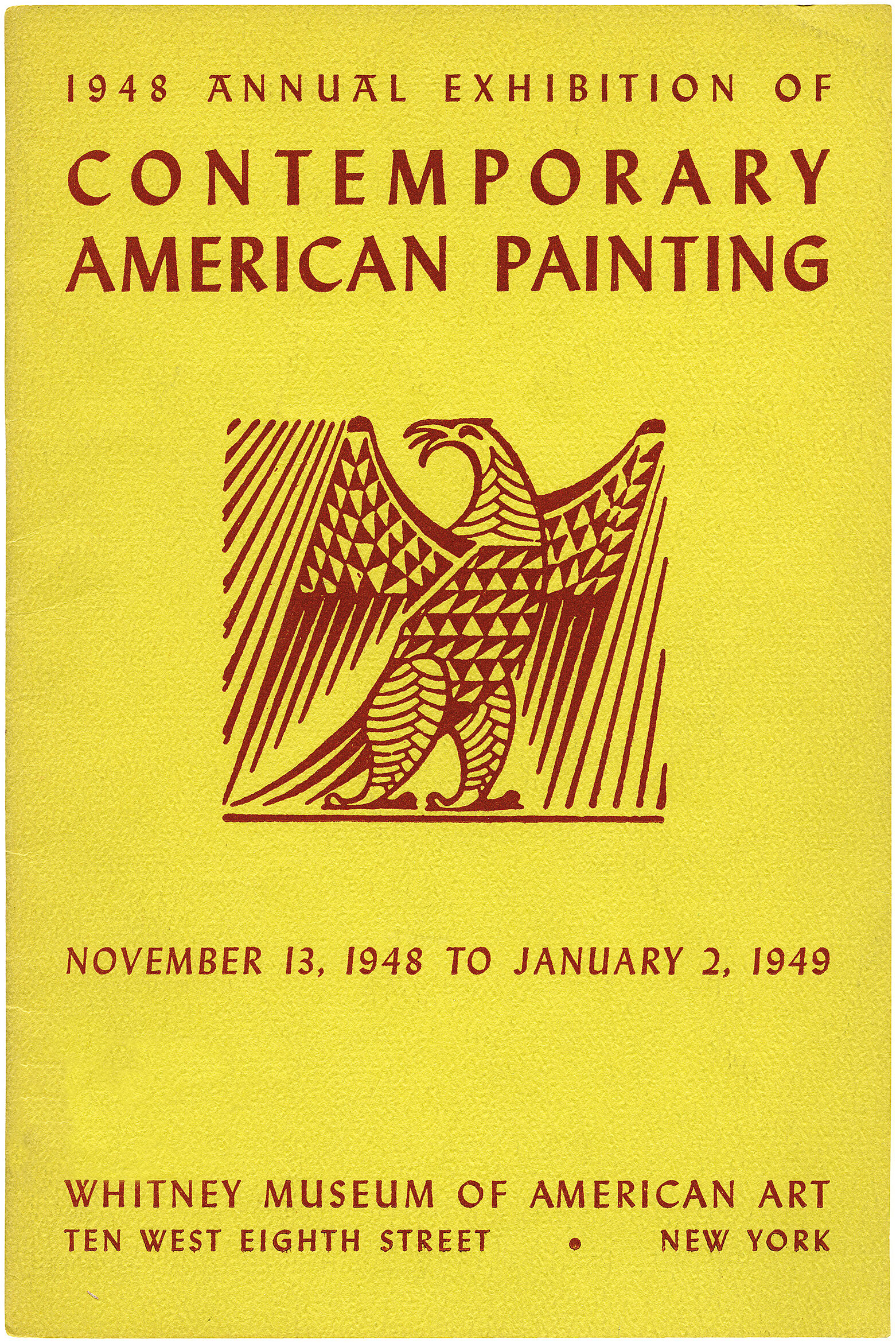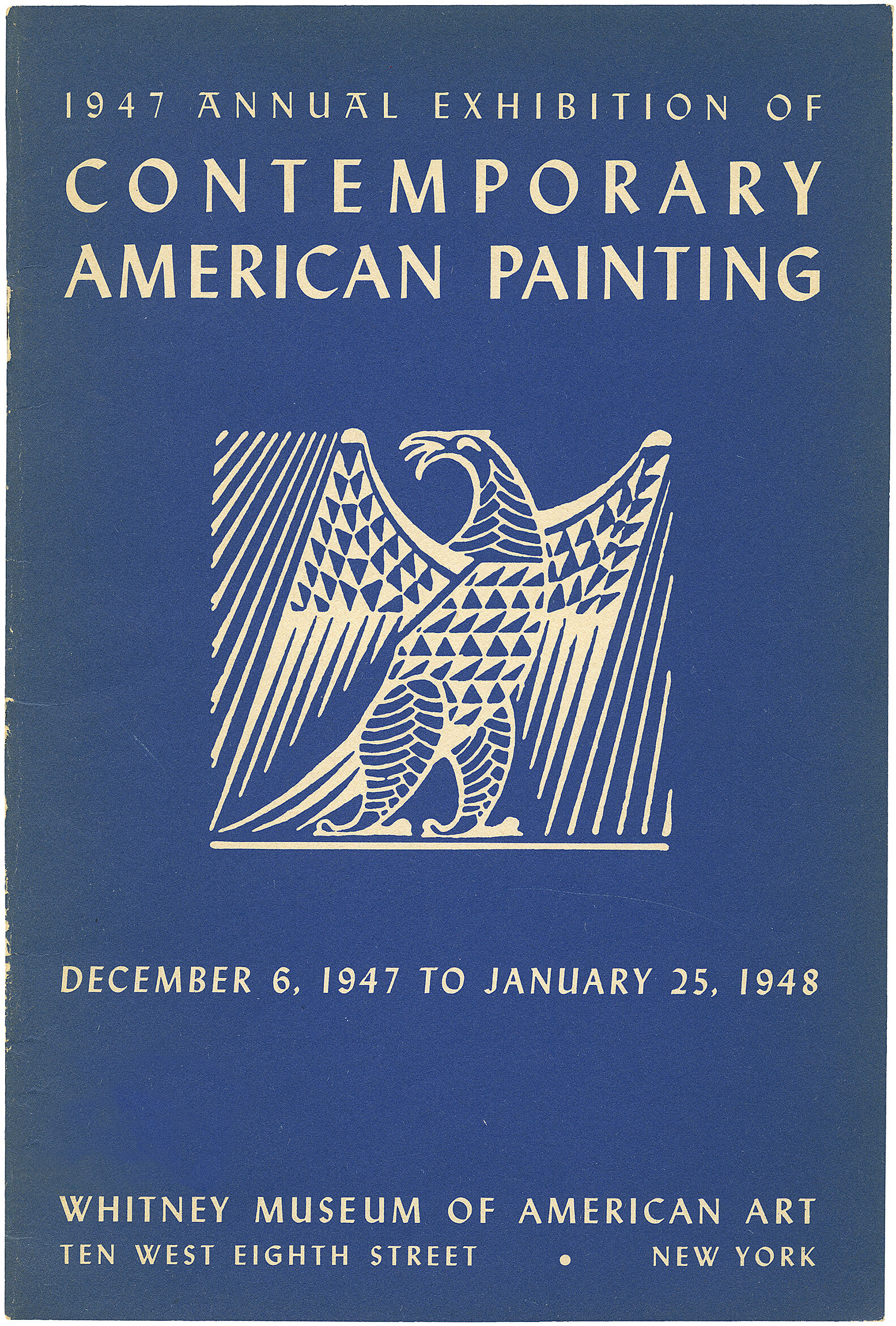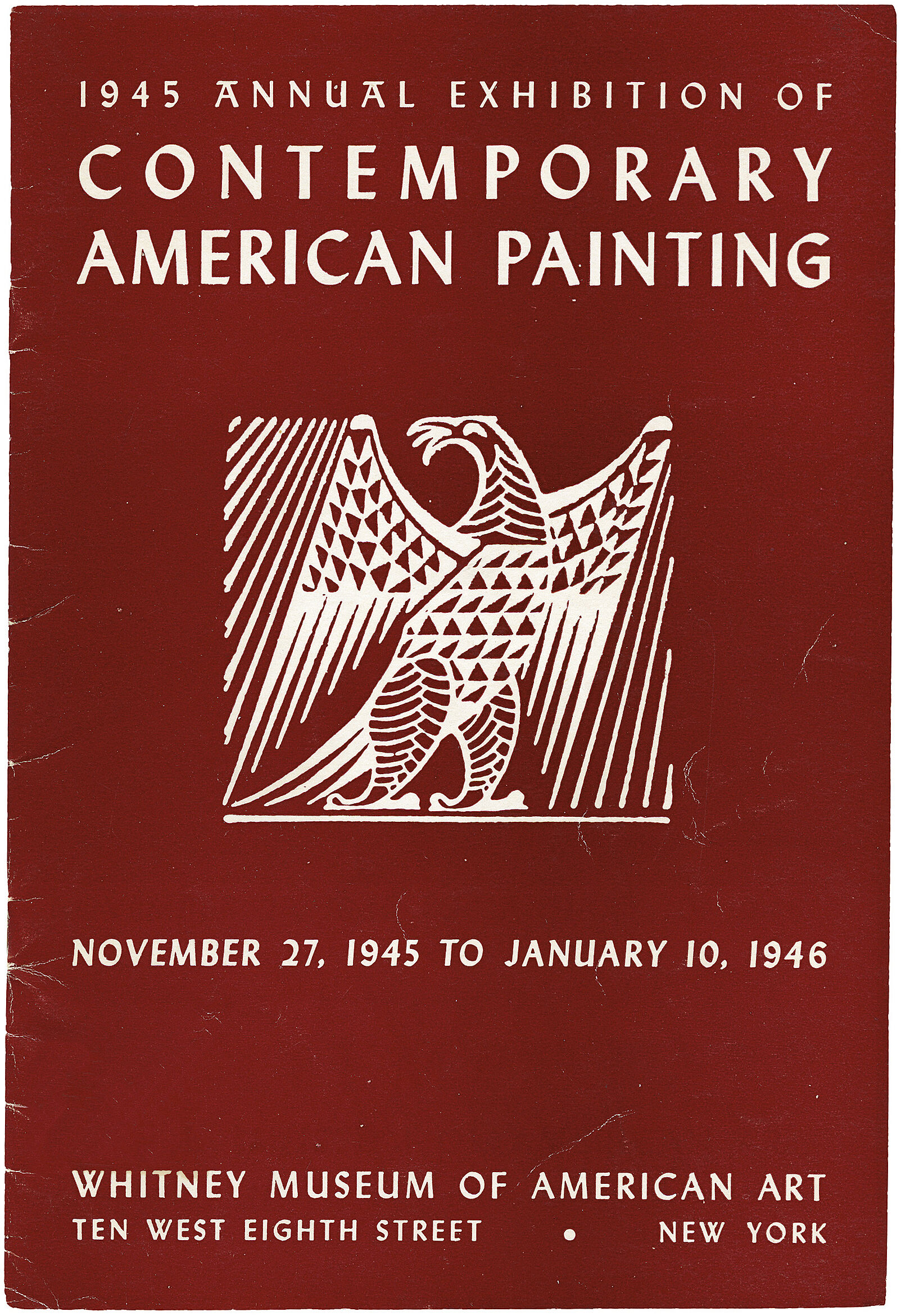Hans Hofmann
1880–1966
Introduction
Hans Hofmann (March 21, 1880 – February 17, 1966) was a German-born American painter, renowned as both an artist and teacher. His career spanned two generations and two continents, and is considered to have both preceded and influenced Abstract Expressionism. Born and educated near Munich, he was active in the early twentieth-century European avant-garde and brought a deep understanding and synthesis of Symbolism, Neo-impressionism, Fauvism, and Cubism when he emigrated to the United States in 1932. Hofmann's painting is characterized by its rigorous concern with pictorial structure and unity, spatial illusionism, and use of bold color for expressive means. The influential critic Clement Greenberg considered Hofmann's first New York solo show at Peggy Guggenheim’s Art of This Century in 1944 (along with Jackson Pollock’s in late 1943) as a breakthrough in painterly versus geometric abstraction that heralded abstract expressionism. In the decade that followed, Hofmann's recognition grew through numerous exhibitions, notably at the Kootz Gallery, culminating in major retrospectives at the Whitney Museum of American Art (1957) and Museum of Modern Art (1963), which traveled to venues throughout the United States, South America, and Europe. His works are in the permanent collections of major museums around the world, including the Metropolitan Museum of Art, Tate Modern, Germanisches Nationalmuseum, National Gallery of Art, and Art Institute of Chicago.
Hofmann is also regarded as one of the most influential art teachers of the 20th century. He established an art school in Munich in 1915 that built on the ideas and work of Cézanne, the Cubists and Kandinsky; some art historians suggest it was the first modern school of art anywhere. After relocating to the United States, he reopened the school in both New York City and Provincetown, Massachusetts until he retired from teaching in 1958 to paint full-time. His presence in New York teaching had a significant influence on post-war American avant-garde artists—including Joseph Glasco, Helen Frankenthaler, Nell Blaine, Lee Krasner, Joan Mitchell, Louise Nevelson, and Larry Rivers, among many—as well as on the theories of Greenberg, in his emphasis on the medium, picture plane, and unity of the work. Some of Hofmann's other key tenets include his push/pull spatial theories, his insistence that abstract art has its origin in nature, and his belief in the spiritual value of art. Hofmann died of a heart attack in New York City on February 17, 1966.
Wikidata identifier
Q215461
Information from Wikipedia, made available under the Creative Commons Attribution-ShareAlike License . Accessed December 25, 2025.
Introduction
Hans Hofmann was an integral figure in the development of Abstract Expressionism. He studied in various art schools in Munich before moving to Paris in 1904. He returned to Munich ten years later and founded and taught his own art school from 1915 to 1930, then immigrated to the United States. In 1933, he opened a school in New York, and a year later, he had established the Hans Hofmann School of Fine Arts in New York and another school in Massachusetts. By 1958, he had gained a huge reputation as a teacher and turned to painting full-time. Hofmann is best known for his paintings of solid color blocks on fragmented backgrounds.
Country of birth
Germany
Roles
Artist, architect, painter, teacher, theorist
ULAN identifier
500024228
Names
Hans Hofmann, Hans Hoffman, Hofmann, Hans Georg Albert Hofmann, Johann Hofmann, Johann Georg Albert Hofmann
Information from the Getty Research Institute's Union List of Artist Names ® (ULAN), made available under the ODC Attribution License. Accessed December 25, 2025.

